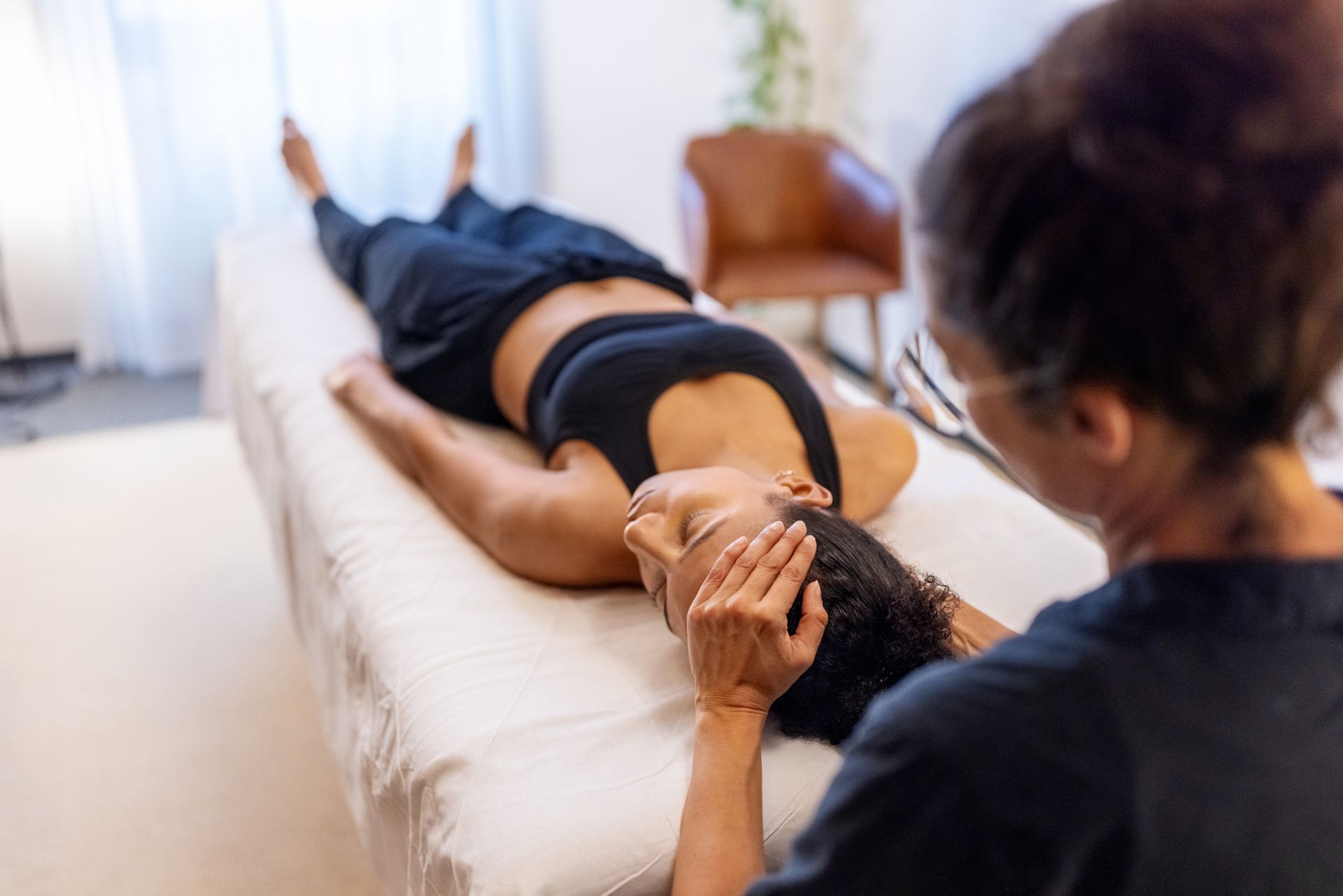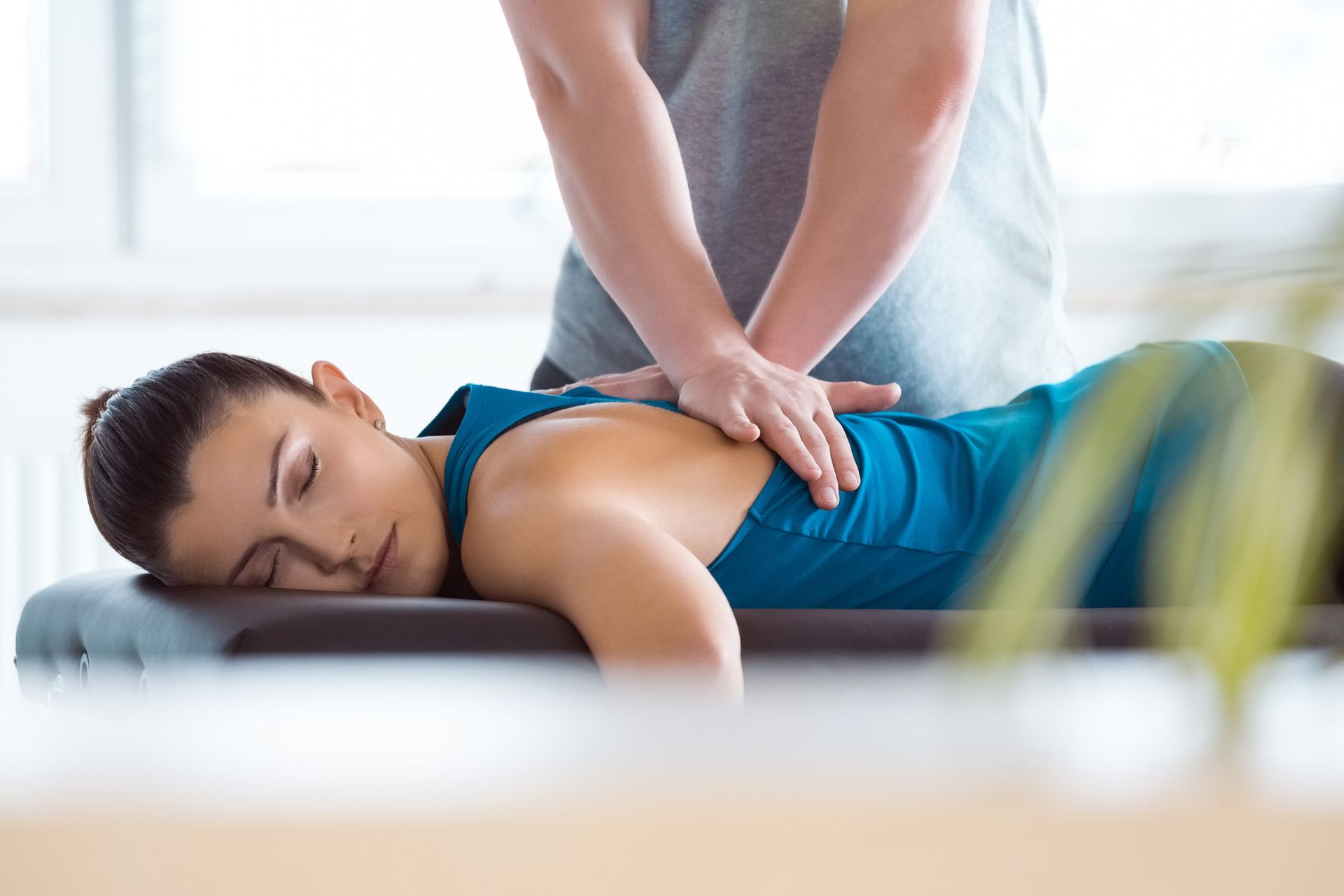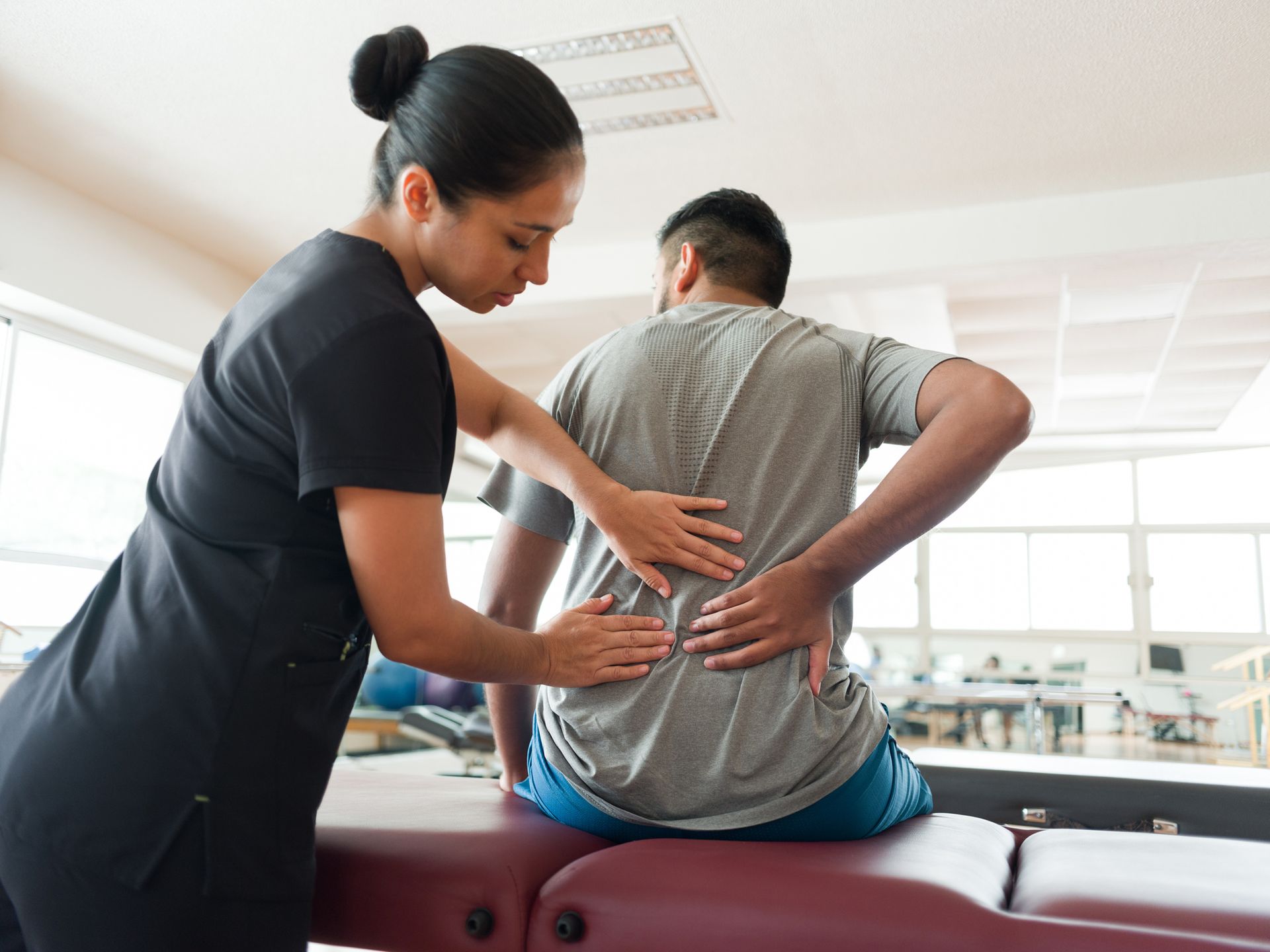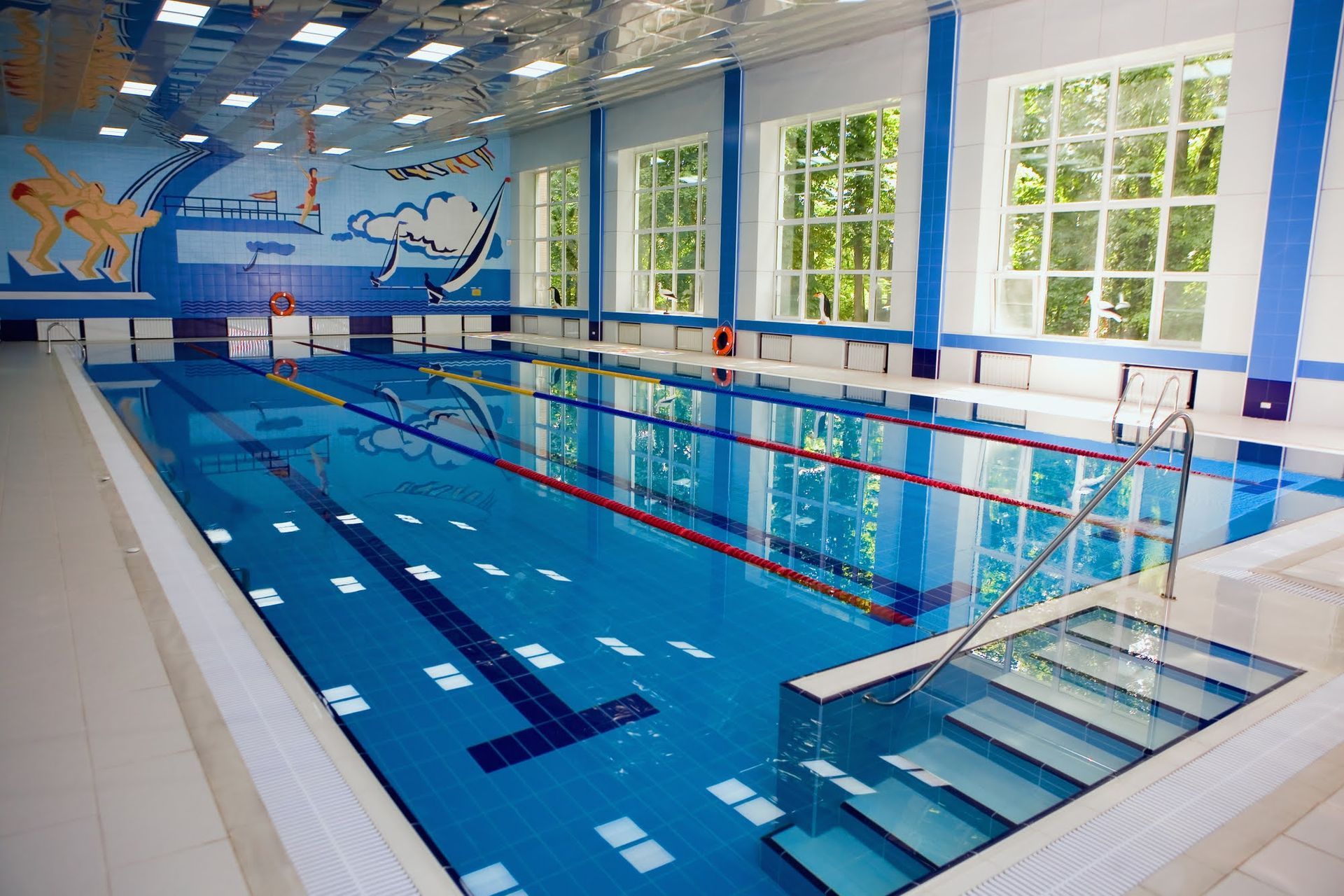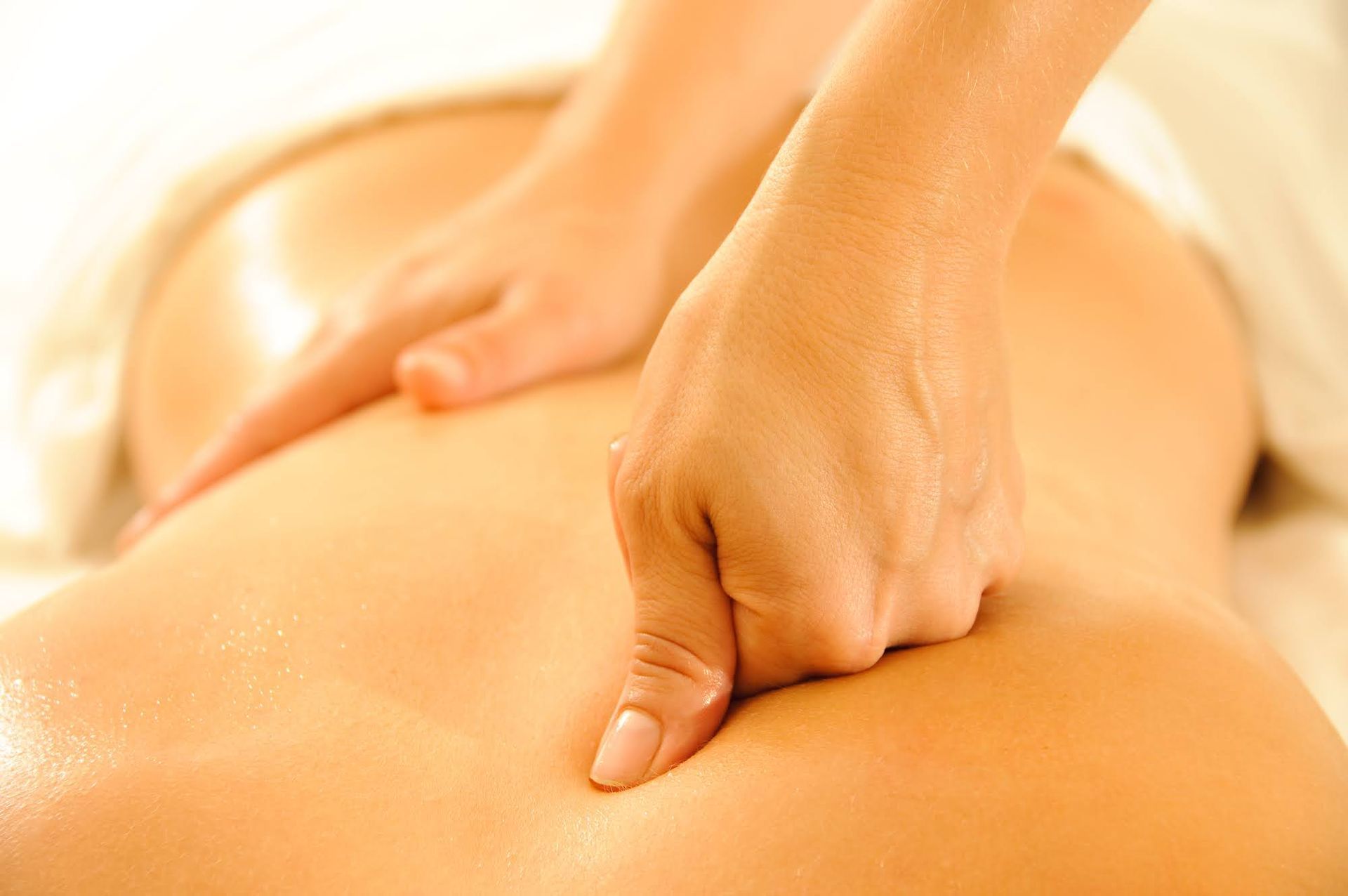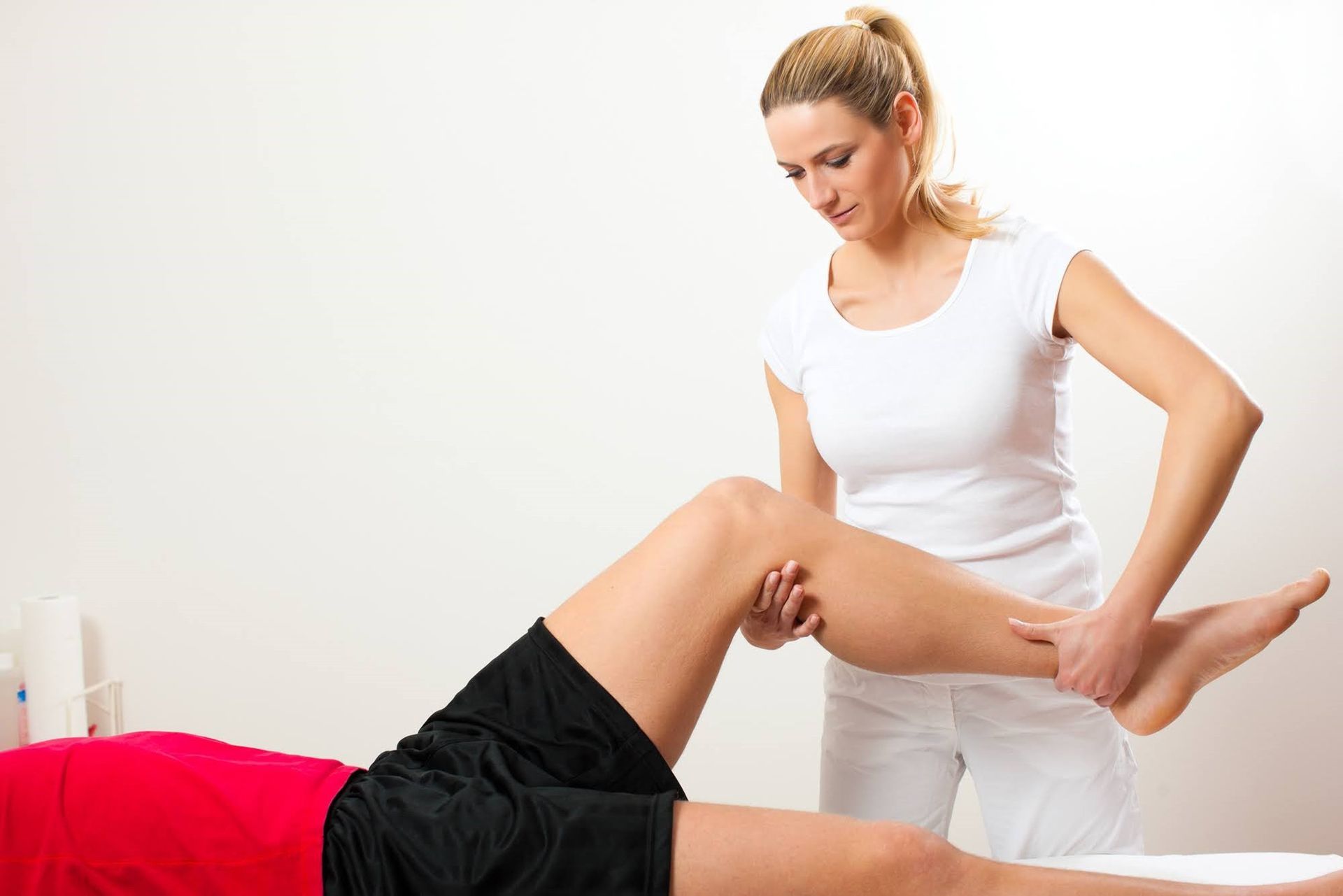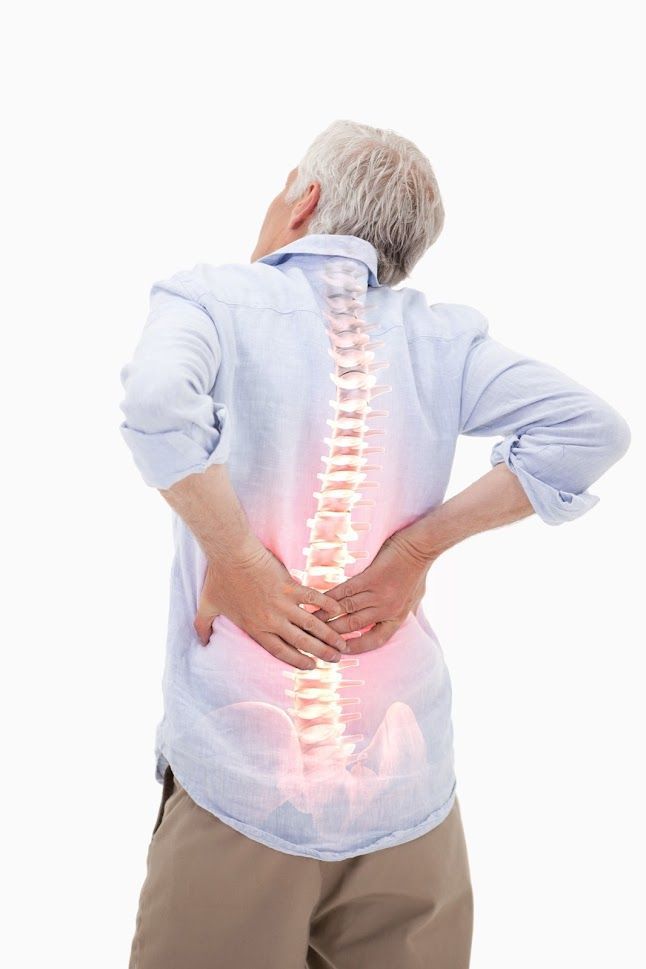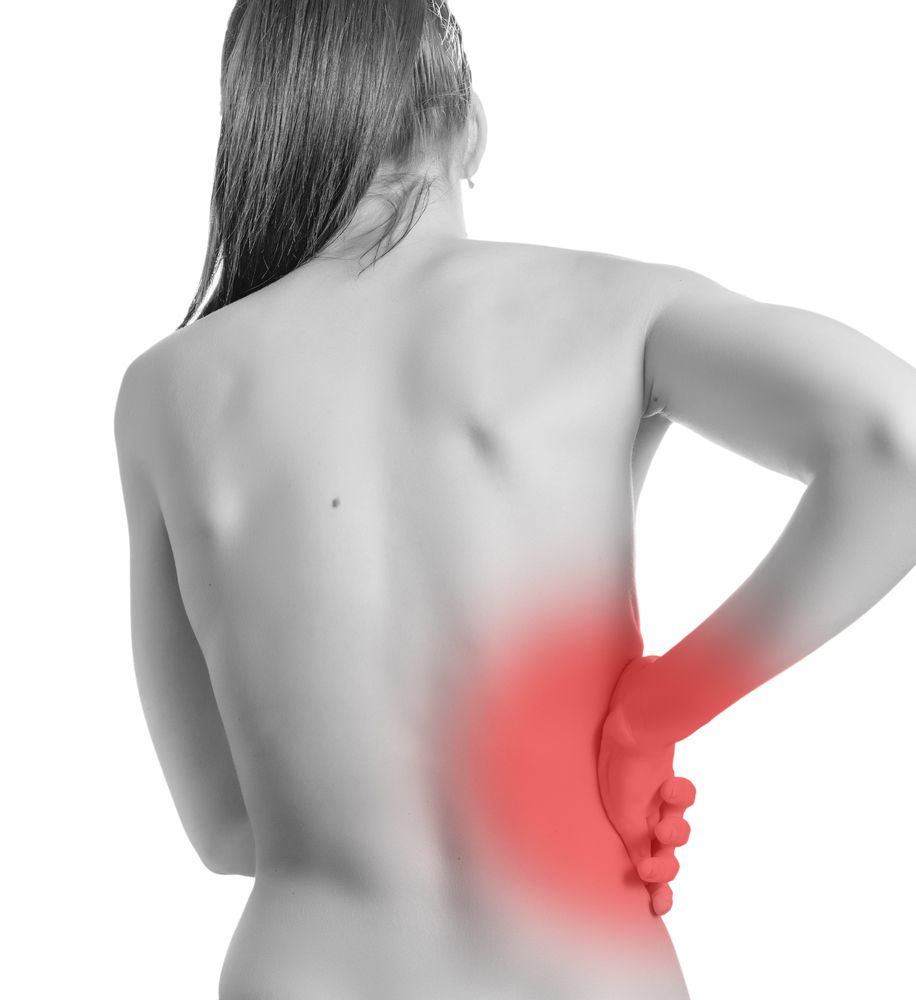Physical Therapy for Knee Pain: An Introduction
admin • May 19, 2020

Knee pain can place severe limits on your mobility, productivity, and quality of life. In addition to the many cases of acute knee pain that occur due to injuries each year, a growing number
of individuals suffer from chronic knee pain. This pain may grow progressively worse due to age-related degeneration and other contributing factors.
If you find yourself hobbled by knee pain, you'll want to investigate physical therapy's potential as a safe, effective, non-surgical approach to treatment. Here are some key factors to understand about the nature of knee pain and the many ways physical therapy can keep it under control.
When Knees Develop Pain Problems
The human leg can bend thanks to the hinge-style joint known as the knee. The knee joint must perform two tasks that might at first glance seem mutually incompatible: supporting most of your body's weight, and allowing you to walk, run, dance, or perform other acts of locomotion.
Despite its impressive size, its soft tissues and moving parts also make it vulnerable to problems. In addition to the bones and cartilage at the center of the joint, the knee also makes use of ligaments, tendons, and other delicate components that can sustain damage.
Acute knee pain often stems from a ruptured ligament, pulled muscle, or sprained ligament. In some cases, fractures or dislocations may also occur. Auto, work, and sports accidents account for many such injuries, the latter often occurring due to a sudden shift in weight distribution over a planted leg.
Acute knee injuries usually require immediate first aid measures to reduce pain, inflammation and swelling. You might even need surgery to repair a complex fracture or ruptured ligament. You may also need to immobilize the knee for a while, which may contribute to muscle atrophy during your recuperation.
Unlike acute knee pain, chronic knee pain doesn't resolve once injured tissues heal. An acute injury that doesn't heal correctly may produce chronic pain that continues for months or years. Other chronic knee pain causes include osteoarthritis, rheumatoid arthritis, overuse injuries (such as runner's knee), obesity, and posture problems.
Why You Should Look Into Physical Therapy
Physical therapy offers many benefits for knee pain sufferers that other approaches cannot readily provide. Over-the-counter pain relievers may relieve knee pain for only a few hours at a time, while steroid injections usually lose potency after a few months. Oral painkillers can cause stomach or liver issues.
While surgery may prove the only solution for severe knee damage, it can cause its own share of problems as well, from postoperative complications and extended recuperation time to the expenses involved in surgical care and a hospital stay. Physical therapy can resolve many knee pain issues more easily and conveniently.
How Physical Therapy Relieves Knee Pain
A holistic physical therapy plan attempts to address multiple factors that influence your knee pain. Your physical therapist will evaluate your symptoms, take diagnostic images of the knee joint, analyze your posture and range of motion, and discuss your lifestyle and overall health with you in the creation of such a plan.
Exercise often plays a key role in physical therapy for knee pain. A knee recovering from a major injury or surgery may need considerable strengthening to make up for muscle disuse and atrophy during the acute recuperation stage. Stretching exercises can also help alleviate stiffness.
Both strengthening exercises and stretches can also help people suffering from chronic knee pain. Arthritic knees can benefit from increased muscular support and soft tissue mobility. Aerobic exercises such as walking can boost blood flow, lubricate joints, and reduce inflammation, and help you shed pounds, reducing joint stress.
If your knee cannot accept your full weight, the physical therapist may recommend aquatic therapy. A treadmill within a tank of warm water gives you the extra buoyancy and comfort you need to exercise safely and easily.
Massage therapy can serve a natural complement to exercise as a knee pain treatment method. Soft tissue manipulation relaxes tight muscles and tendons, reduces swelling, and permits faster healing.
If you need help for knee pain, then you need to talk to Advanced Physical Therapy. Contact us
today.


